Home>Technology>Smart Home Devices>What Is A Dye Sublimation Printer
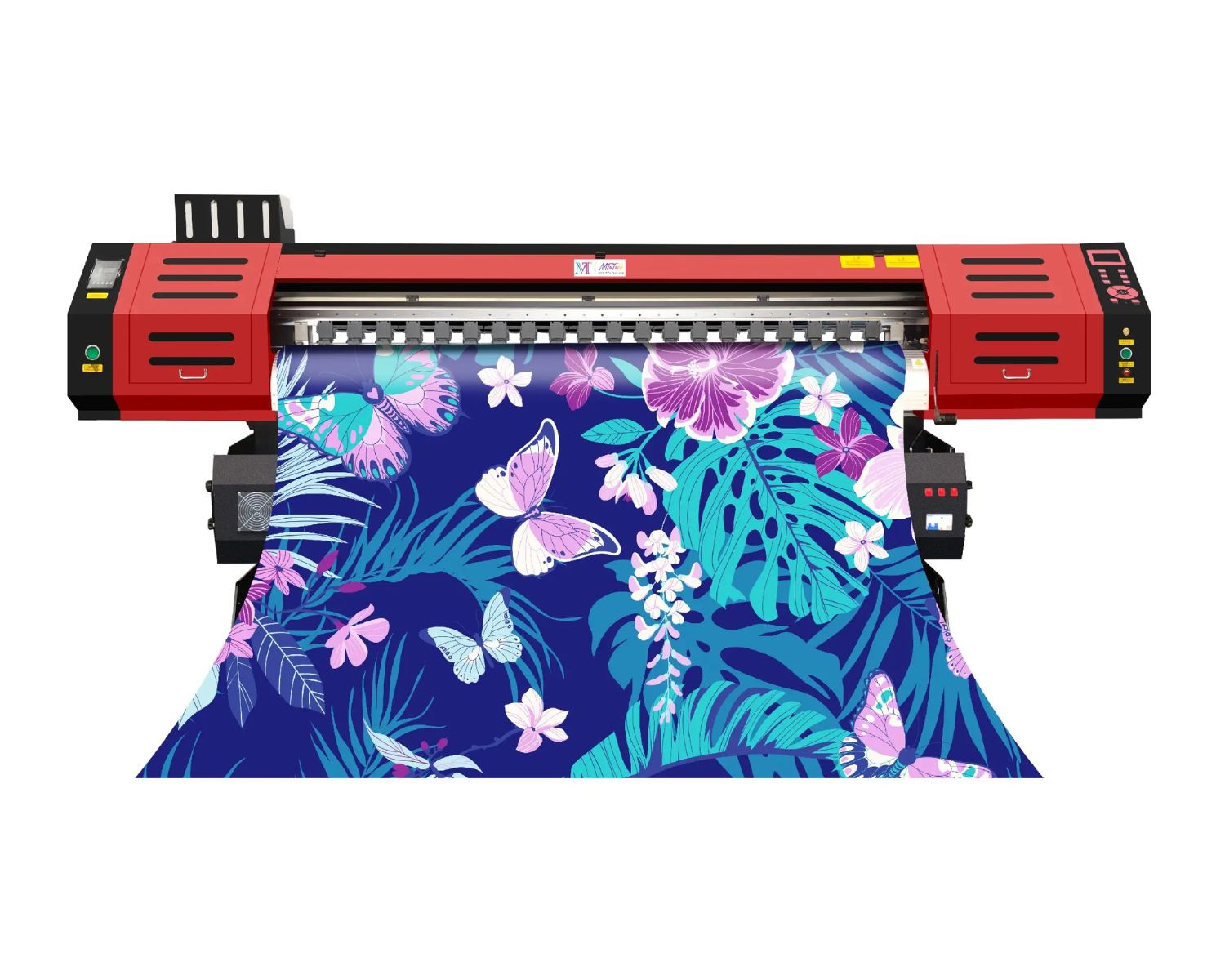

Smart Home Devices
What Is A Dye Sublimation Printer
Modified: August 28, 2024
Discover how dye sublimation printers work and their applications for smart home devices. Learn about the benefits and uses of this printing technology.
(Many of the links in this article redirect to a specific reviewed product. Your purchase of these products through affiliate links helps to generate commission for Storables.com, at no extra cost. Learn more)
Introduction
Introduction
Dye sublimation printing is a cutting-edge technology that has revolutionized the printing industry, enabling the creation of vibrant, high-quality images on various materials. This innovative printing method has gained popularity for its ability to produce long-lasting, detailed prints with exceptional color accuracy. In this article, we will delve into the intricacies of dye sublimation printing, exploring how it works, the components of a dye sublimation printer, its advantages, applications, and considerations for choosing the right printer.
Dye sublimation printing involves a fascinating process that harnesses the power of sublimation to transfer dye onto a substrate, resulting in stunning, photo-realistic prints. Understanding the mechanics of this process is fundamental to appreciating the capabilities and potential applications of dye sublimation printers.
As we embark on this exploration, we will unravel the inner workings of dye sublimation printing, shedding light on the components that make up a dye sublimation printer and the advantages it offers over traditional printing methods. Furthermore, we will examine the diverse applications of dye sublimation printing, ranging from personalized merchandise and promotional items to professional photography and industrial uses.
For individuals and businesses seeking to invest in a dye sublimation printer, the process of selecting the right model can be daunting. Therefore, we will provide valuable insights into the key factors to consider when choosing a dye sublimation printer, empowering readers to make informed decisions based on their specific printing needs.
By the end of this article, readers will have gained a comprehensive understanding of dye sublimation printing, equipping them with the knowledge to leverage this advanced printing technology for personal, professional, or commercial purposes. Let's embark on this enlightening journey into the world of dye sublimation printing and discover the boundless possibilities it offers.
Key Takeaways:
- Dye sublimation printing is a high-tech method that creates vibrant, long-lasting prints by turning solid dye into a gas, resulting in photo-realistic images on various materials. It’s great for personalized gifts, home decor, and professional photography.
- When choosing a dye sublimation printer, consider factors like print size, ink configuration, media handling, and reliability to ensure it meets specific needs. This technology offers endless possibilities for creating visually stunning, durable products.
How Dye Sublimation Printing Works
Dye sublimation printing operates on the principle of sublimation, a process where a substance transitions from a solid state to a gaseous state without passing through the liquid phase. This unique property of certain dyes forms the basis of the dye sublimation printing process, allowing for the creation of vivid, durable prints on a variety of surfaces.
The process begins with the creation of a digital image using specialized software. This image is then printed onto transfer paper using dye sublimation ink. The transfer paper is specifically designed to hold the ink in a way that prevents it from smudging or blurring.
Once the image is printed on the transfer paper, it is carefully aligned with the substrate to which the image will be transferred. Common substrates include polyester fabric, ceramic tiles, metal sheets, and polymer-coated materials. The transfer paper and the substrate are then placed together in a heat press.
As the heat press applies high temperature and pressure to the transfer paper and the substrate, the solid dye particles on the paper are transformed into a gaseous state. This gaseous dye is then absorbed into the surface of the substrate, permeating its fibers or coating. When the substrate cools, the dye solidifies, resulting in a permanent, high-resolution image that is seamlessly integrated with the material.
This process yields exceptional color accuracy and durability, as the dye becomes an inherent part of the substrate rather than resting on its surface. The result is a vibrant, long-lasting print that is resistant to fading, scratching, and washing.
By harnessing the science of sublimation, dye sublimation printing offers a level of detail and color brilliance that is unparalleled by traditional printing methods. This advanced printing technique has found widespread application in diverse industries, from apparel and home décor to signage and personalized gifts, making it a versatile and impactful solution for creating visually stunning products.
Components of a Dye Sublimation Printer
A dye sublimation printer is a sophisticated piece of equipment designed to facilitate the intricate process of sublimating dyes onto various substrates. Understanding the key components of a dye sublimation printer is essential for grasping its functionality and capabilities.
1. Printer: At the heart of a dye sublimation printer is the printing mechanism, which is responsible for transferring the digital image onto transfer paper using specialized dye sublimation inks. The printer must be equipped to handle the sublimation inks and maintain precise control over the printing process to ensure accurate color reproduction and image clarity.
2. Dye Sublimation Inks: These specialized inks are formulated to sublimate from a solid to a gaseous state when exposed to heat, allowing them to penetrate the surface of the substrate and create vibrant, long-lasting prints. Dye sublimation inks typically consist of cyan, magenta, yellow, and black (CMYK) colors, and they are engineered to deliver exceptional color accuracy and saturation.
3. Transfer Paper: A crucial component of the dye sublimation process, transfer paper is designed to hold the sublimation inks without smudging or bleeding. It plays a pivotal role in transferring the printed image from the paper to the substrate during the heat press stage, ensuring precise and consistent image transfer.
4. Heat Press: The heat press is used to apply heat and pressure to the transfer paper and the substrate, facilitating the sublimation of the dyes onto the material. It is essential for achieving the optimal conditions required for the dye sublimation process to occur, resulting in vibrant, durable prints with excellent color retention.
5. Substrates: Dye sublimation printers are compatible with a wide range of substrates, including polyester fabrics, ceramic tiles, metal sheets, and polymer-coated materials. The versatility of substrates allows for the creation of diverse products, from custom apparel and accessories to personalized gifts and promotional items.
6. RIP Software: Raster Image Processor (RIP) software is used to process and optimize digital images for printing. It plays a crucial role in managing color profiles, image resolution, and print settings to ensure that the final output meets the desired quality and accuracy standards.
By integrating these components, a dye sublimation printer transforms digital images into vibrant, high-definition prints on a wide array of substrates, offering a versatile and efficient solution for producing visually striking products across various industries.
Advantages of Dye Sublimation Printing
Dye sublimation printing offers a myriad of advantages that set it apart from traditional printing methods, making it a preferred choice for producing high-quality, durable prints across diverse applications.
1. Vibrant and Long-Lasting Prints: Dye sublimation printing produces exceptionally vibrant and detailed prints with stunning color accuracy. The sublimated dyes become a permanent part of the substrate, resulting in prints that are resistant to fading, scratching, and washing. This ensures that the images maintain their brilliance and clarity over time, making them ideal for a wide range of products, including apparel, home decor, and promotional items.
2. Wide Range of Substrates: Dye sublimation printing is compatible with a diverse array of substrates, including polyester fabrics, ceramic tiles, metal sheets, and polymer-coated materials. This versatility allows for the creation of custom products such as clothing, accessories, mugs, and personalized gifts, catering to a broad spectrum of consumer preferences and industry needs.
3. Photo-Realistic Image Reproduction: The sublimation process enables the creation of photo-realistic prints with exceptional detail and color depth. This makes dye sublimation printing a popular choice for professional photography, fine art reproduction, and graphic design applications where image quality is paramount.
4. No Visible Texture or Grain: Unlike some traditional printing methods, dye sublimation printing does not produce a visible texture or grain on the printed surface. This results in a smooth, uniform finish that enhances the visual appeal of the prints, especially when applied to textiles and decorative products.
5. Customization and Personalization: Dye sublimation printing enables seamless customization and personalization of products, allowing for the incorporation of individual designs, photographs, and graphics. This makes it an ideal choice for creating personalized gifts, branded merchandise, and custom apparel that resonates with consumers on a personal level.
6. Environmentally Friendly Process: Dye sublimation printing is considered environmentally friendly due to the absence of liquid inks and the minimal generation of waste during the sublimation process. This makes it a sustainable printing solution for businesses and individuals seeking eco-conscious production methods.
7. Rapid Production and On-Demand Printing: Dye sublimation printing facilitates rapid production and on-demand printing, allowing for quick turnaround times and the ability to fulfill customized orders efficiently. This agility is particularly beneficial for businesses operating in the personalized and promotional product market.
By harnessing these advantages, dye sublimation printing has established itself as a versatile and impactful printing technology, offering unparalleled image quality, durability, and customization capabilities across a wide spectrum of industries and consumer markets.
When using a dye sublimation printer, make sure to use the correct type of paper and ink for the best results. The paper should be coated for sublimation, and the ink should be specifically designed for dye sublimation printing.
Read more: What Epson Printer Is Best For Sublimation
Applications of Dye Sublimation Printing
Dye sublimation printing has found extensive application across diverse industries, offering a versatile and impactful solution for creating visually stunning products with enduring quality and vibrant imagery.
1. Apparel and Textiles: Dye sublimation printing is widely used in the apparel industry to create custom clothing, sportswear, and fashion accessories. The process allows for seamless integration of designs and patterns onto polyester fabrics, resulting in vibrant, long-lasting prints with exceptional color retention and soft, breathable textures.
2. Home Decor and Furnishings: The versatility of dye sublimation printing extends to home decor products such as custom pillows, blankets, and curtains. The process enables the reproduction of intricate designs and photographic images on textiles, enhancing the visual appeal of interior spaces with personalized and decorative accents.
3. Personalized Gifts and Keepsakes: Dye sublimation printing is a popular choice for creating personalized gifts, including mugs, photo frames, and custom ornaments. The ability to sublimate detailed images and text onto various substrates offers a unique and sentimental way to commemorate special occasions and create cherished keepsakes.
4. Signage and Displays: The high-definition prints produced through dye sublimation printing make it an ideal solution for creating vibrant signage, banners, and exhibition displays. The process ensures eye-catching graphics with sharp detail and color saturation, enhancing visibility and impact in retail, event, and promotional settings.
5. Photography and Fine Art Reproduction: Professional photographers and artists utilize dye sublimation printing to produce gallery-quality prints with exceptional color accuracy and detail reproduction. The process enables the creation of stunning photographic prints, art reproductions, and graphic displays that captivate viewers with their lifelike imagery.
6. Promotional Products and Merchandise: Dye sublimation printing is leveraged to create branded merchandise, promotional items, and corporate gifts that feature company logos, slogans, and custom designs. The process allows for the seamless integration of branding elements onto a wide range of products, including apparel, accessories, and office supplies.
7. Industrial and Manufacturing Applications: Dye sublimation printing plays a vital role in industrial applications, such as printing onto metal sheets for signage, nameplates, and industrial labels. The durable, weather-resistant prints produced through sublimation make them well-suited for demanding environments and outdoor use.
By catering to such diverse applications, dye sublimation printing has emerged as a versatile and indispensable technology, empowering businesses and individuals to create impactful, personalized products across various sectors, from fashion and home decor to marketing and industrial labeling.
Choosing the Right Dye Sublimation Printer
When selecting a dye sublimation printer, several key factors should be considered to ensure that the chosen model aligns with specific printing needs and delivers optimal performance and quality. Whether for personal, professional, or commercial use, the following considerations play a crucial role in determining the right dye sublimation printer:
1. Print Size and Resolution: Assess the desired print size and resolution requirements for the intended applications. Different printers offer varying maximum print sizes and resolutions, so it is essential to choose a model that can accommodate the desired output dimensions and deliver the level of detail needed for high-quality prints.
2. Ink Configuration and Color Accuracy: Evaluate the ink configuration of the printer, particularly the number of ink colors and their ability to reproduce accurate and vibrant colors. A wider color gamut and precise color management contribute to superior image quality and fidelity, making them essential considerations for achieving stunning, true-to-life prints.
3. Media Handling and Versatility: Consider the types of substrates and materials that the printer can accommodate. Assess whether the printer supports a diverse range of media, including different types of fabrics, rigid materials, and specialized products, to ensure versatility in producing a wide array of customized items.
4. Production Speed and Efficiency: Evaluate the printing speed and overall efficiency of the printer, particularly for high-volume or on-demand production requirements. A printer with rapid printing capabilities and efficient workflow features can significantly enhance productivity and turnaround times for customized orders.
5. Software Compatibility and Workflow Integration: Ensure that the printer is compatible with industry-standard design and RIP software, facilitating seamless integration into existing workflows. Compatibility with color management systems and design applications is crucial for streamlining the printing process and maintaining consistent output quality.
6. Reliability and Durability: Assess the build quality and reliability of the printer, considering factors such as robust construction, advanced printhead technology, and long-term durability. A reliable printer with minimal downtime and consistent performance is essential for meeting production demands and ensuring print quality over time.
7. Support and Service: Consider the availability of technical support, maintenance services, and access to resources such as training and troubleshooting guides. A reputable manufacturer or supplier that offers comprehensive support can provide valuable assistance in maximizing the printer’s capabilities and addressing any operational issues.
By carefully evaluating these factors and aligning them with specific printing requirements, individuals and businesses can make informed decisions when choosing a dye sublimation printer. Selecting a printer that meets the desired specifications and performance criteria is essential for unlocking the full potential of dye sublimation printing and achieving exceptional results across a broad spectrum of applications.
Conclusion
As we conclude our exploration of dye sublimation printing, it becomes evident that this advanced printing technology offers a wealth of possibilities for creating vibrant, durable, and visually captivating products across various industries and applications. The unique process of sublimating dyes onto substrates yields exceptional image quality, making dye sublimation printing a preferred choice for personal, professional, and commercial printing needs.
From the intricate mechanics of the sublimation process to the components that constitute a dye sublimation printer, we have gained insight into the inner workings of this innovative technology. The ability to produce photo-realistic prints with exceptional color accuracy and longevity positions dye sublimation printing as a versatile and impactful solution for a diverse range of products, including apparel, home decor, signage, and personalized gifts.
Furthermore, the advantages of dye sublimation printing, such as its compatibility with a wide array of substrates, rapid production capabilities, and environmentally friendly attributes, underscore its value as a sustainable and efficient printing method. Its seamless integration with digital design workflows and the ability to facilitate customization and personalization further enhance its appeal for businesses and individuals seeking to create unique, tailored products.
As technology continues to advance, the evolution of dye sublimation printing is poised to unlock new opportunities for innovation and creativity, driving the development of novel applications and expanding its reach into emerging markets. The ability to produce visually striking, high-definition prints with enduring quality positions dye sublimation printing at the forefront of the printing industry, offering a compelling solution for meeting the demands of modern consumers and businesses.
Ultimately, the journey into the world of dye sublimation printing has illuminated the boundless potential of this technology, empowering individuals and enterprises to unleash their creativity and bring captivating designs to life. By understanding the intricacies of dye sublimation printing and making informed choices when selecting the right printer, we can harness the power of this transformative technology to produce remarkable, personalized products that resonate with audiences and leave a lasting impression.
As we embrace the future of printing, let us continue to explore the possibilities that dye sublimation printing presents, leveraging its capabilities to create a world filled with vibrant, enduring, and visually stunning prints that inspire, captivate, and elevate the art of printing to new heights.
Frequently Asked Questions about What Is A Dye Sublimation Printer
Was this page helpful?
At Storables.com, we guarantee accurate and reliable information. Our content, validated by Expert Board Contributors, is crafted following stringent Editorial Policies. We're committed to providing you with well-researched, expert-backed insights for all your informational needs.
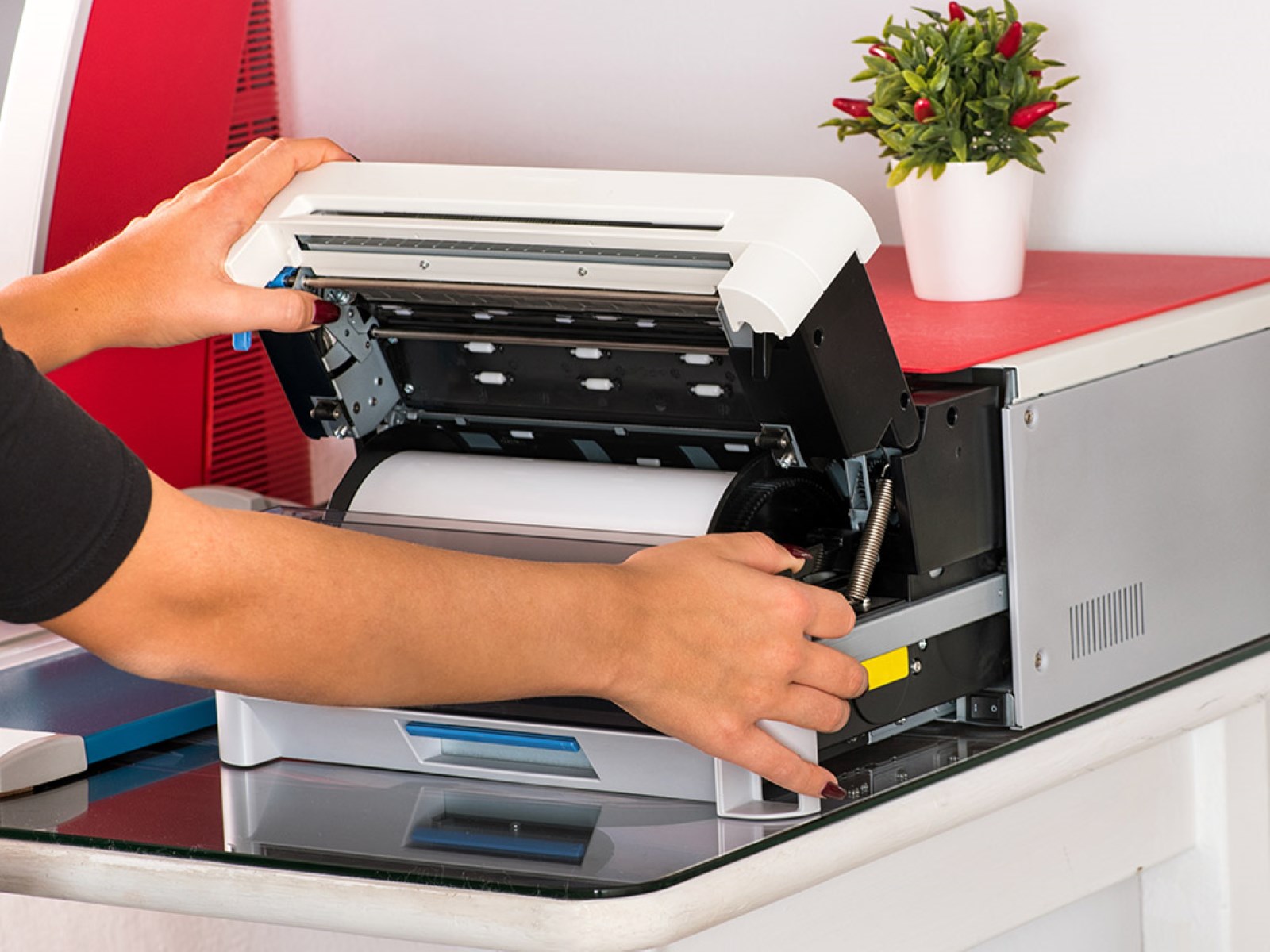

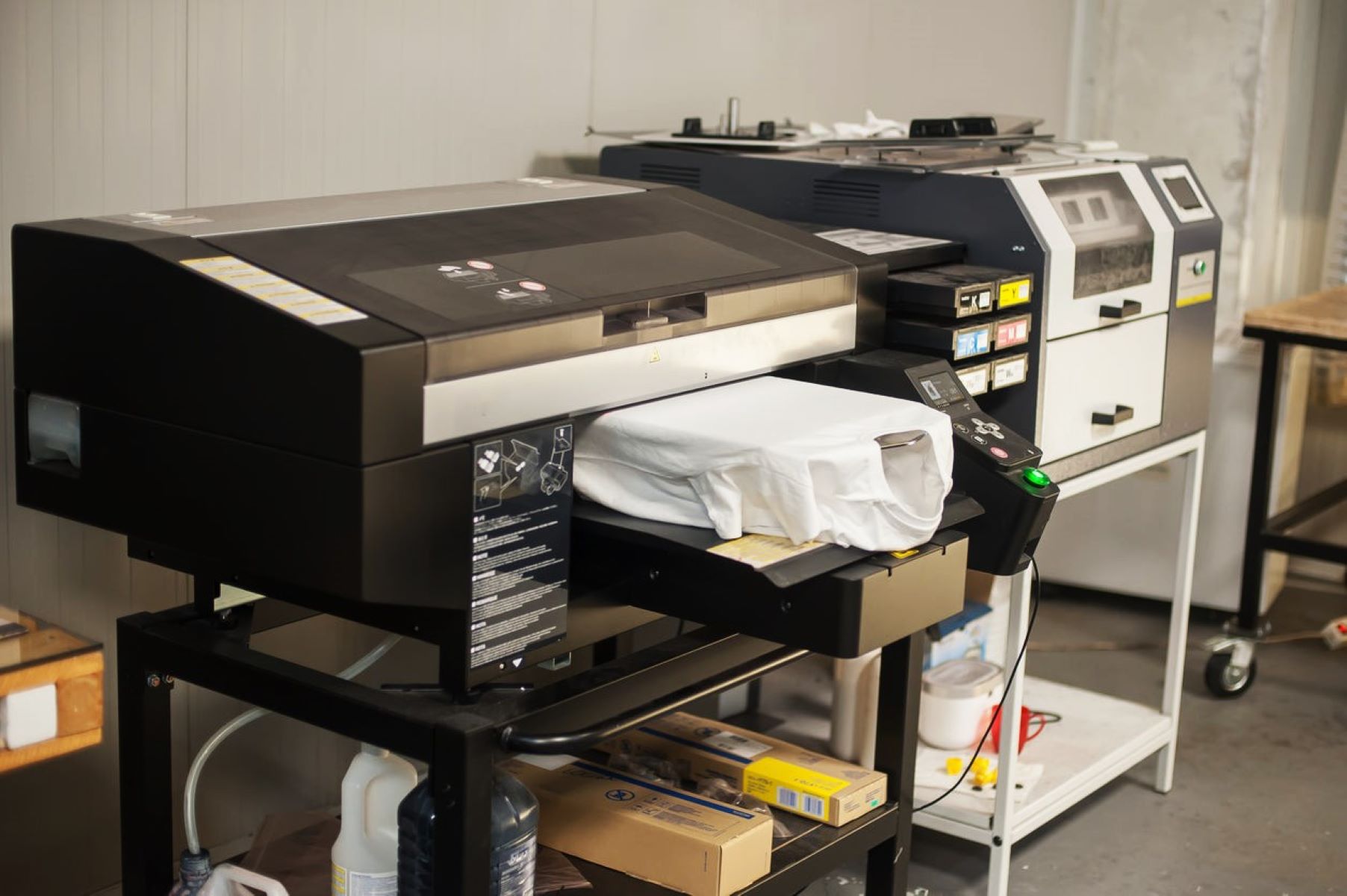

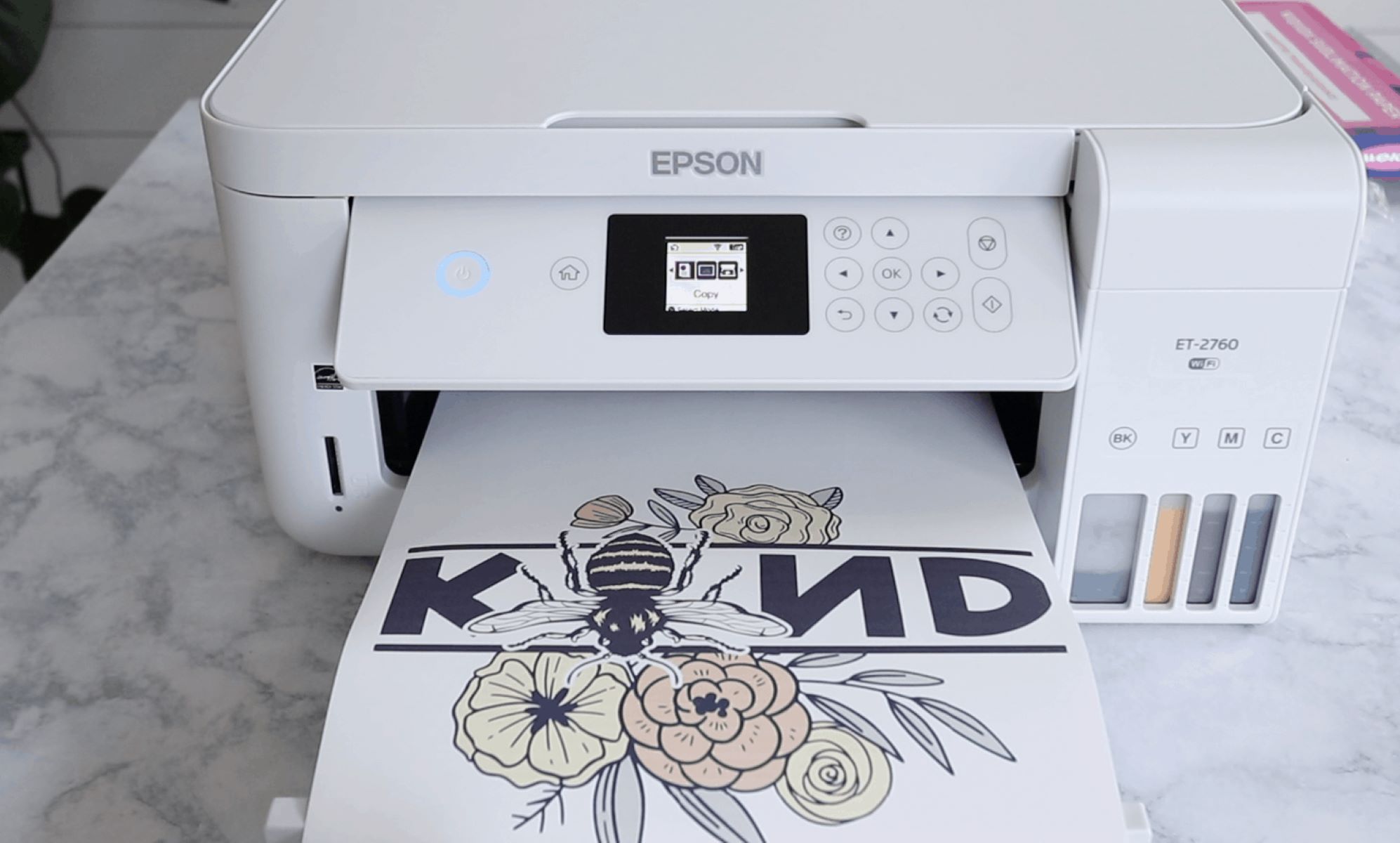


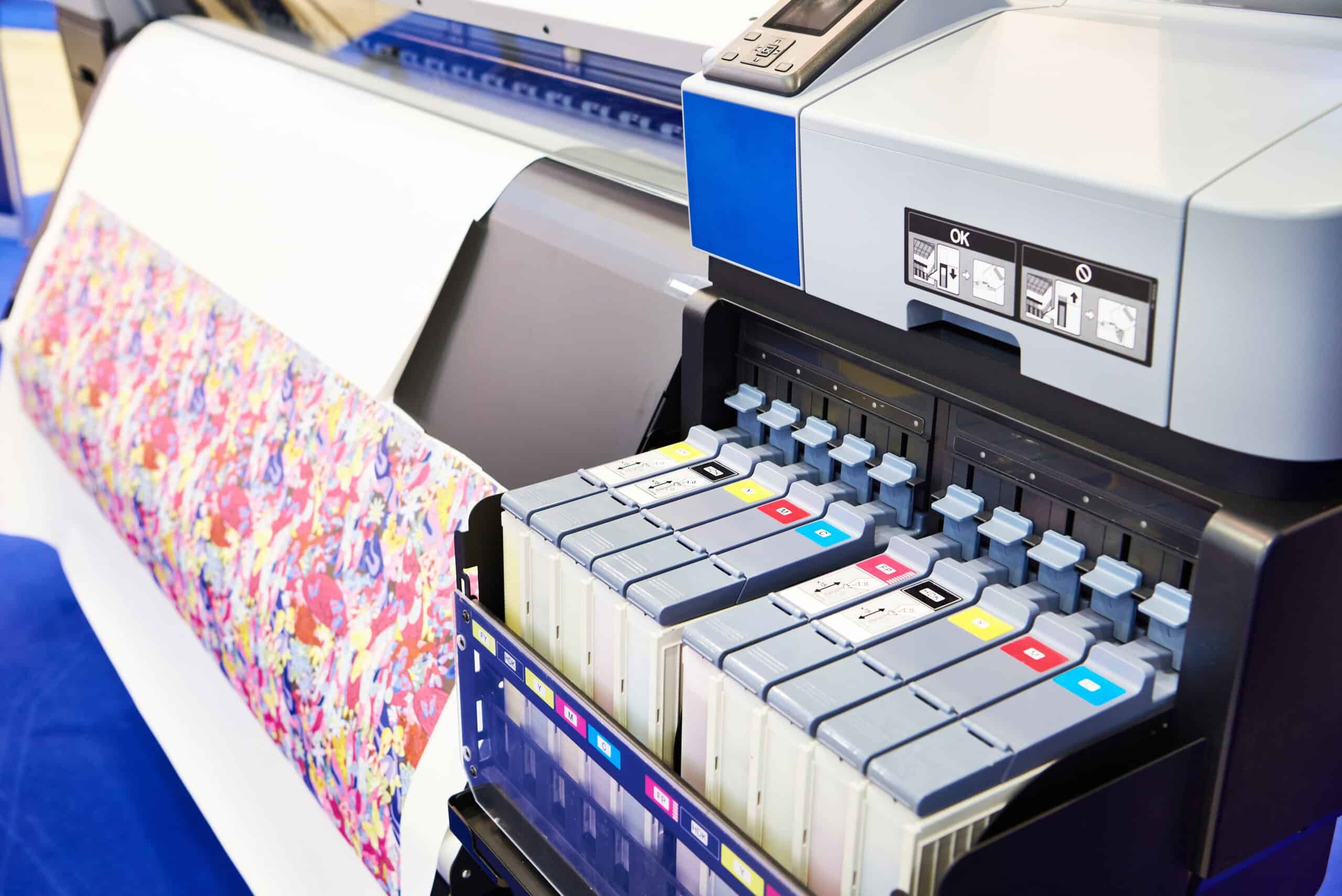
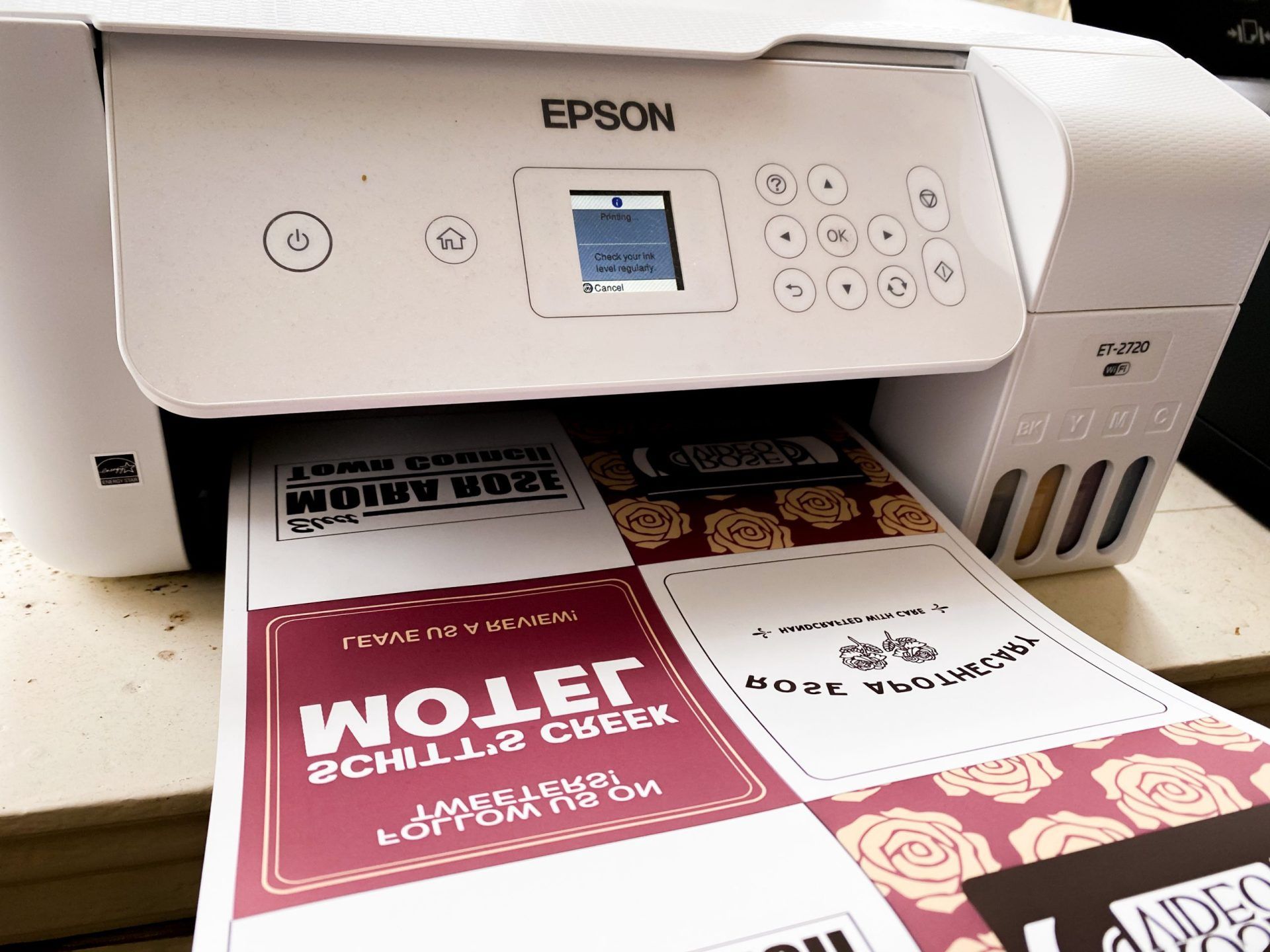
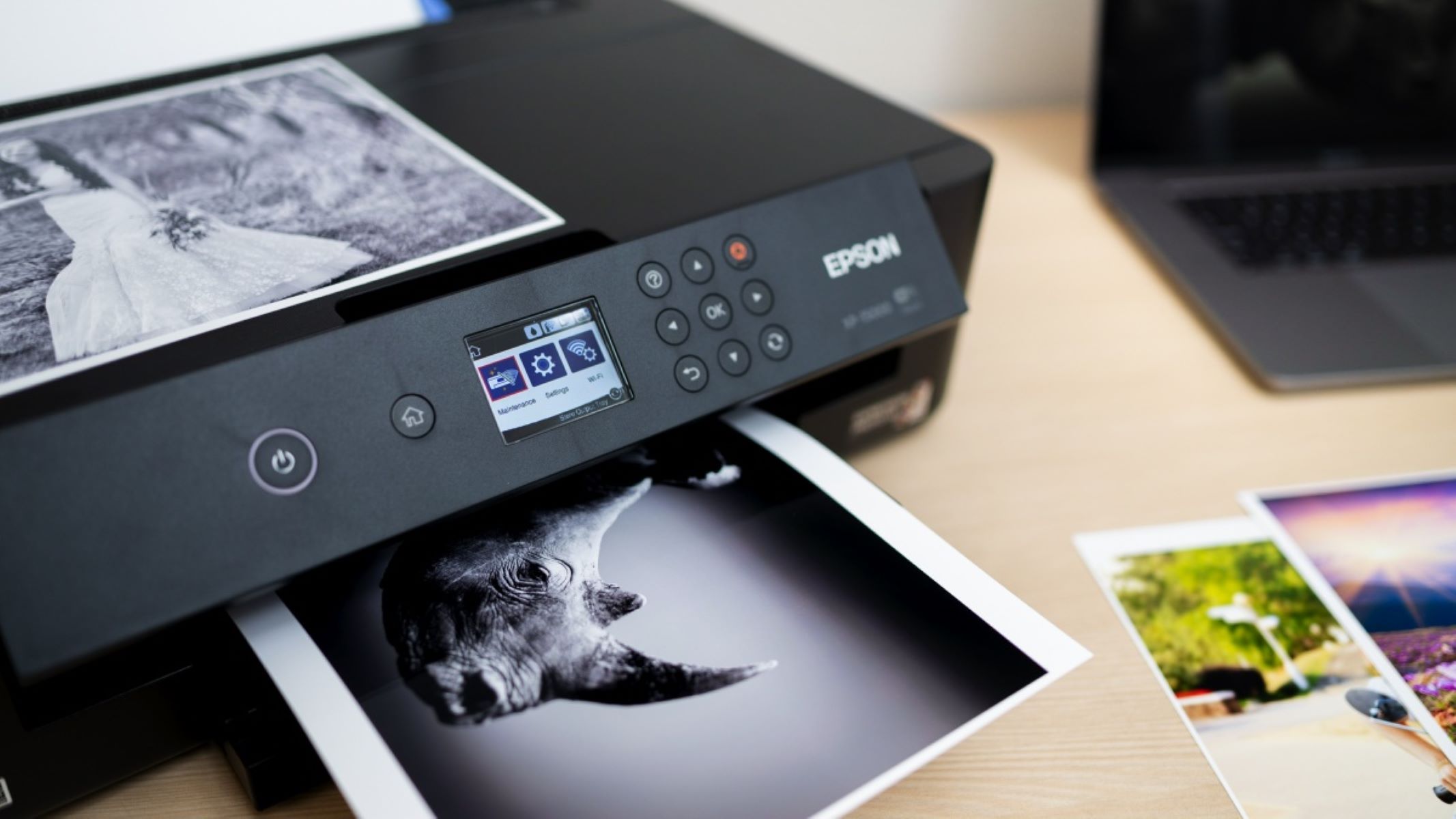
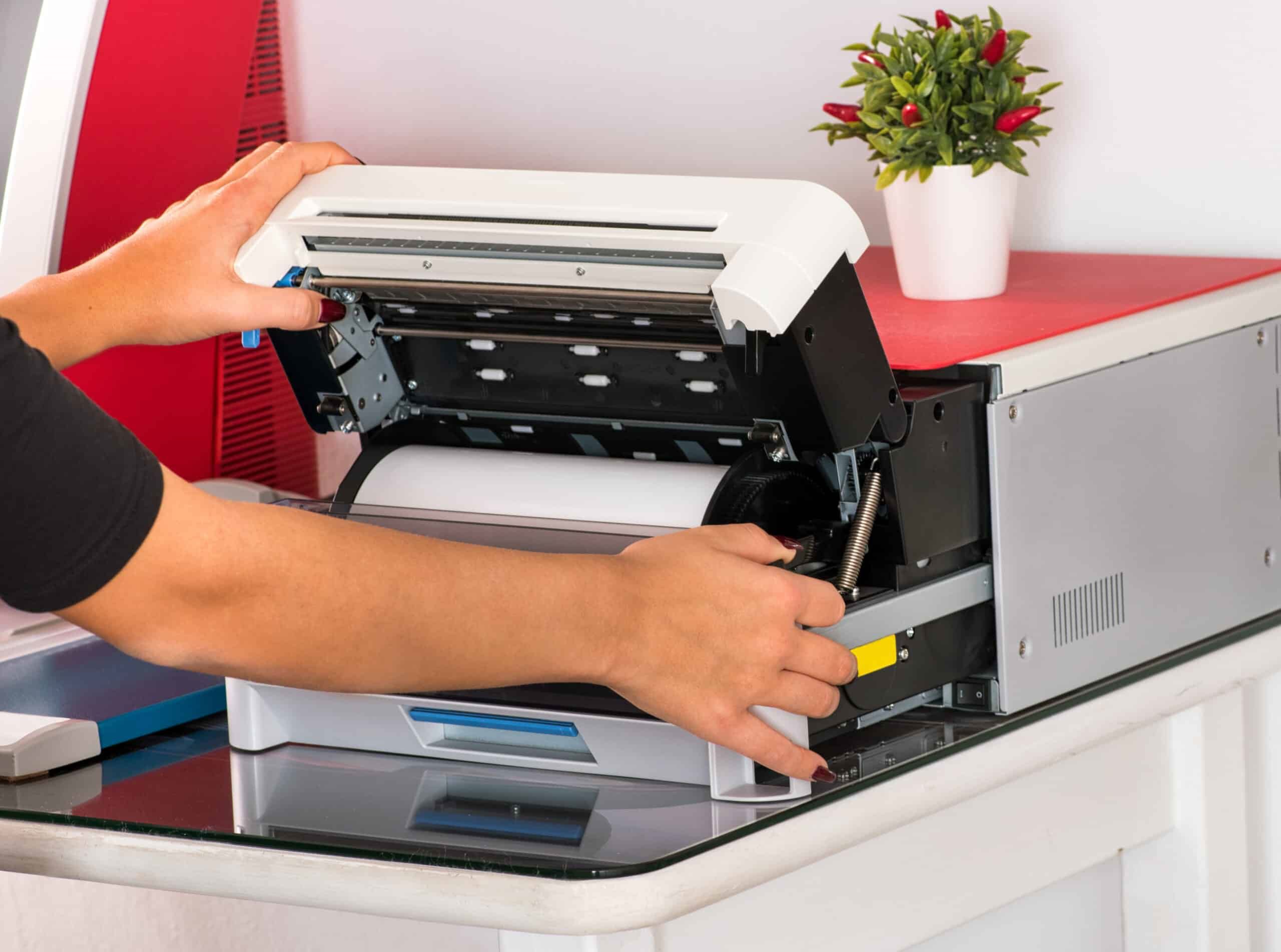

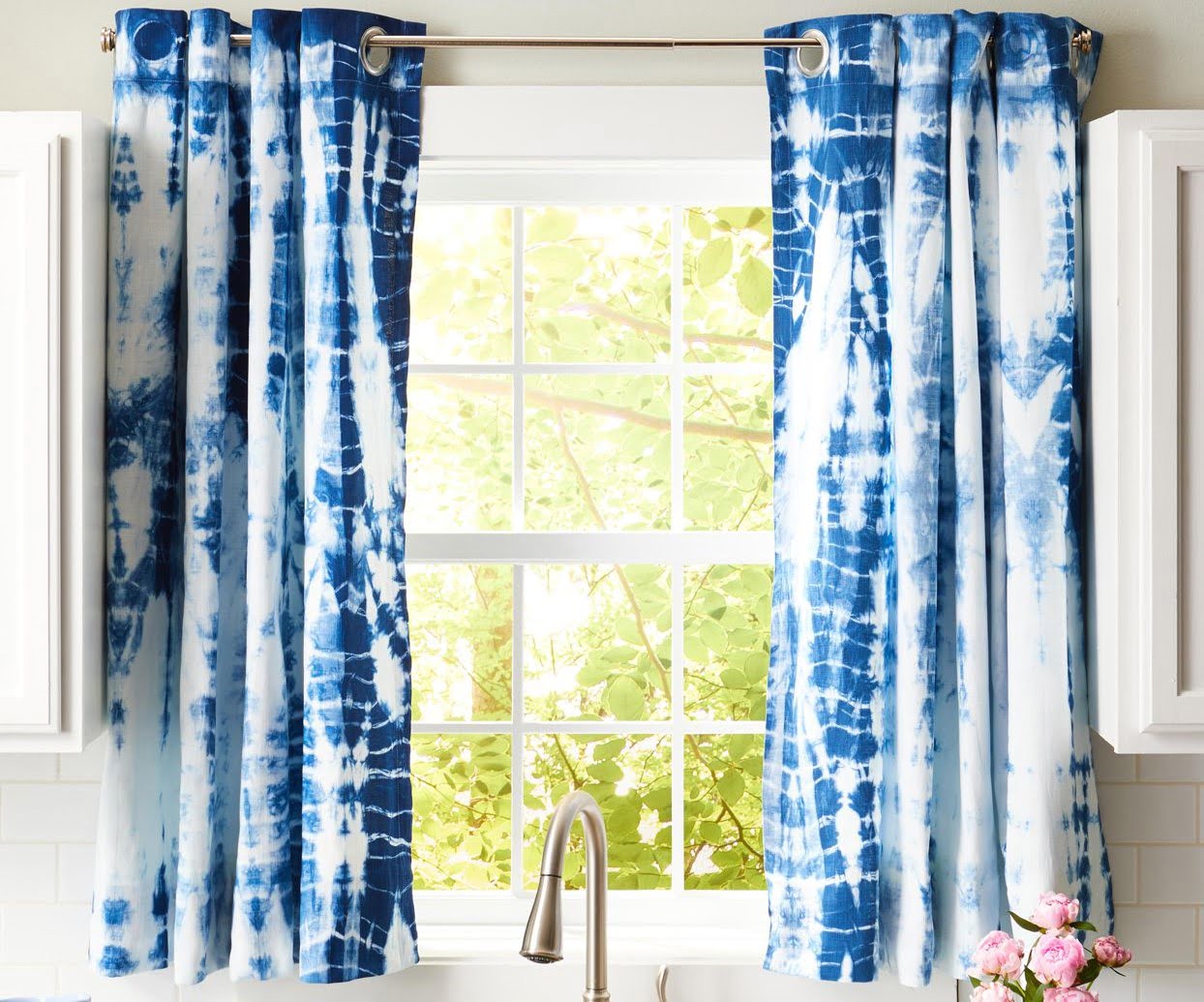


0 thoughts on “What Is A Dye Sublimation Printer”